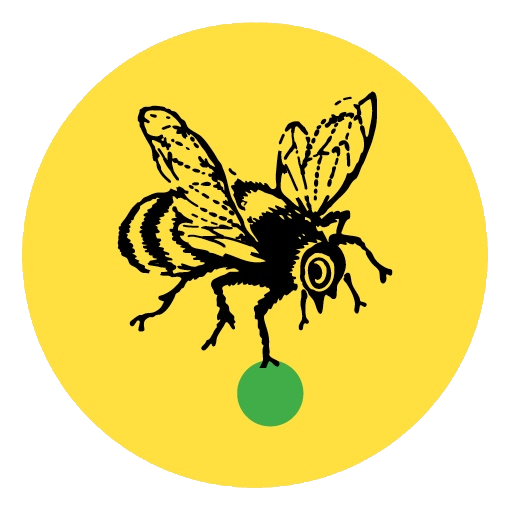Student Testimonials
We learn about the environment. We are trying to help the world…not end it. - Katie
…(some) people don’t even experience what a garden is, and for us it’s huge. Nature is what created us and people don’t even notice it. I like the garden because it is a huge topic of life. - Maria
I get to do things I have never done before. I get to plant fruits and vegetables. I get to use garden tools: a rake, a shovel, a cultivator, and a wheelbarrow. - Carlos
I learn about compost, the map to learn about the ocean, Mesopotamia. We learn water facts, parts of the soil, and the flowers. - Brianna
I like coming to the garden because I learn how to grow fruits and vegetables. - Kevin
It’s fun to try something new. I like the food. - Joshua
I get to know what kind of plants there are, where they come from and plant seeds. I have learned to be careful. -Adrian
Teacher Testimonials
Mathematics in the garden
The garden provides a real life, relevant environment for students to work with averages, linear equations, graphing linear equations, and some statistics.
Planting and growing wheat provides students with a connection between the classroom and food production. Many students do not know that the bread products that they eat come from the the seeds of a grass (wheat berries). They are amazed when this discussion comes up in class.
The students plant the wheat, the class tracks its growth and then harvests the wheat, the class then separates the wheat from the chaff. Many questions come up, “Can we eat the wheat berries?”, “How much wheat does it take to make a loaf of bread?” and many others.
This year Master Gardener Dana Morgan with the "Wheat Project" came into the classroom and ground the wheat berries from last year into flour, and returned a week later with a loaf of wonderful sour dough bread and brought it in for the students to taste. They were amazed at the entire process!
Peter Koonce, 7th Grade Algebra
Connecting the garden to academic subjects
As a teacher of students with identified learning disabilities, I am continuously searching for novel ways to introduce and to reinforce content with my students. I have found that the learning that we do in the garden is a perfect match for my students. In the garden, we are able to use multiple modalities, visual, auditory, and kinesthetic, which allows students to access information using different parts of their brain.
In addition, when we connect what they are learning to something tangible, it increases their retention. For example, in U.S. history, students learn that the amendments to the Constitution change or alter it to make it better. In the garden, students learn that soil amendment changes the soil’s properties to improve its overall quality. Because the word is reinforced in a variety of contexts, the students remember it’s multiple meanings. On the unit assessment, 75% of the students scored correctly on the question related to amendments. This was a very high percentage of accuracy for the group of students that I teach right now. Last year, 100% of my students answered this question correctly.
Finally, the opportunity for my students to interact with our core of community volunteers has the benefit of an ongoing mentor/mentee relationship. Students are supported by a caring group of individuals who have made a commitment to their overall well-being, something our kids can never get enough.
Kerry Olinger, 8th Grade Special Education















